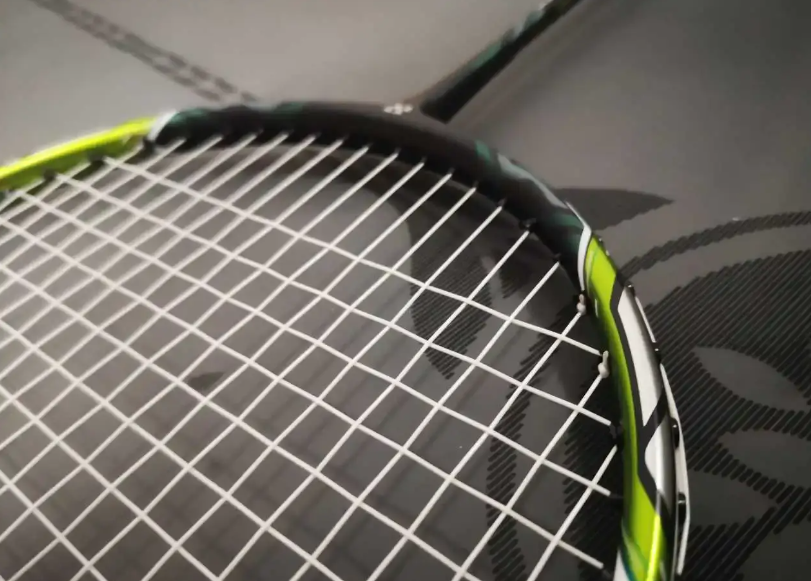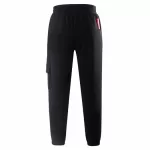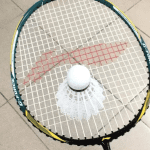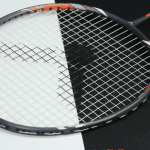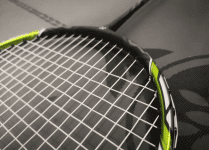
Badminton Racket YONEX VOLTRIC Z-FORCE Reviews
I was recently dissed by a coach in a microsoft group that often discusses equipment.
He said that whenever he encountered a back and forth without more than one shot, he switched to a burning stick, which he thought was meant to be an abusive game that could be hammered after getting a chance to attack the backcourt, smugly replied back to me, and then was educated a whole lot……. Recently, any group that has been in a mixed doubles group will be hitting like a pile of poo, it is better to continue to humbly benefit from other than your own penmanship Skills.
If you only consider the quality of the downward pressure of a shot and ignore the organization of the ball path and the rotation of the match, it is really amateur behavior.
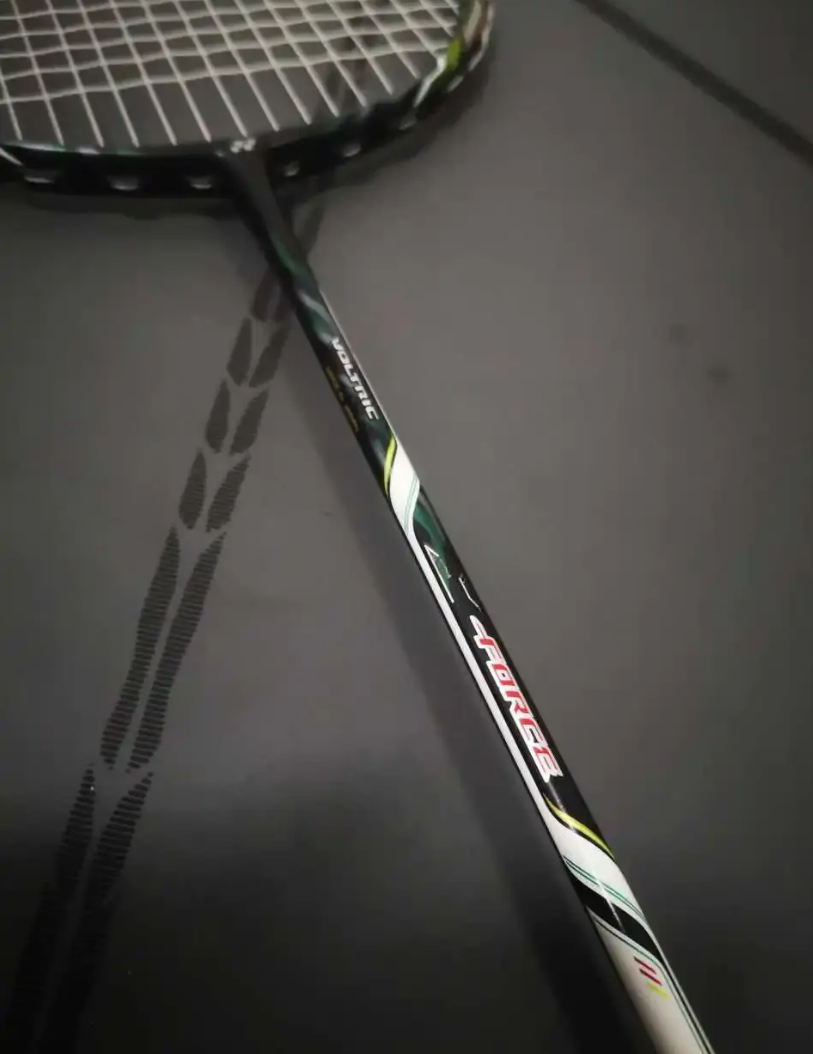
Parameters: 4UG4, de-bottomed, 91.7g total weight, 210mm center bar length, stiff tuning, 313mm balance point, boxed frame, 76-hole cable slot, 26lb warranty, 26-28lbs of pull cable xb63.
I admit, this is a white dragon horse. From the looks of it, the delicate black and white interlacing, the dark green color intertwined on the racket frame, and the clean and clear line direction, all of them can make me imagine a noble and upright modest gentleman and jade-faced scholar. In the era when it was born, the shaft was not as thin as it can be now, and the visual dispersion effect of the white color makes the racket look a bit thick, but I personally think it belongs to the muscular sense, and there is meat in the shirt off. It seems that the face value alone gives away its sense of power.
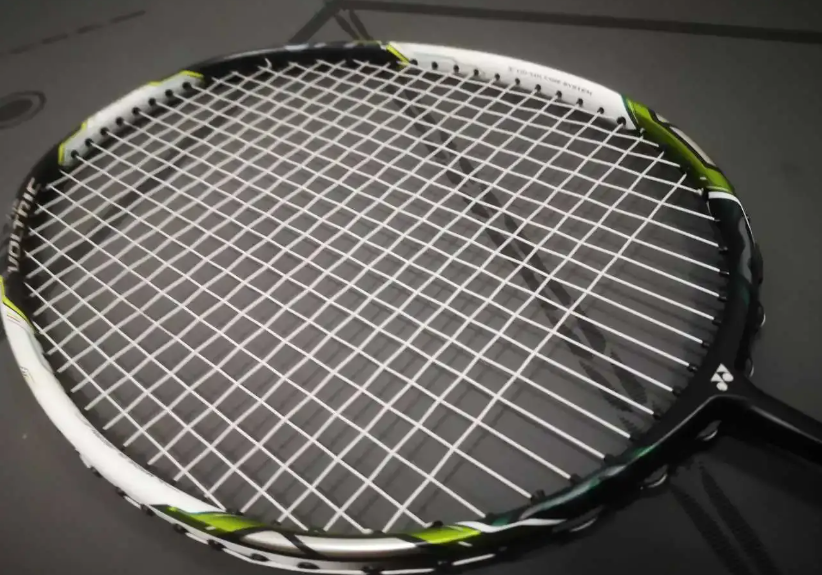
I knew this was a head-heavy attack racket for singles, so I didn’t dare slack off. Despite the 4U specifications, the head of the racket in many places of the spikes make the racket a bit heavier, while the thicker handle is also accustomed to the slender grip of the author in the adjustment of the balance point on the means of some limitations, the result is to create such a parameter from the point of view of the immense conformity to the 3U attack racket to the bottom of the weight of the performance of the full pair of killers. When swinging in the air, the feel is exceptionally solid, the head weight and even the weight of the whole racket is very obvious, high swing speed is not fast, about the same as the VT80E, a little slower than the VOLTRIC Z-FORCE Ⅱ in my impression of the 3U.
So, this racket doesn’t have a lot of hard-to-adapt factors. When I warmed up on the court, it didn’t feel much different from the Power series I’ve used except for the vtfb/vtx8, the swing weight was so high that the racket’s borrowed drive was obvious, and the head didn’t have a short time to make contact with the string bed before the ball was smashed out with considerable energy. The further reduction in swing speed may be the reason why some players consider it more violent than the VOLTRIC Z-FORCE Ⅱ.
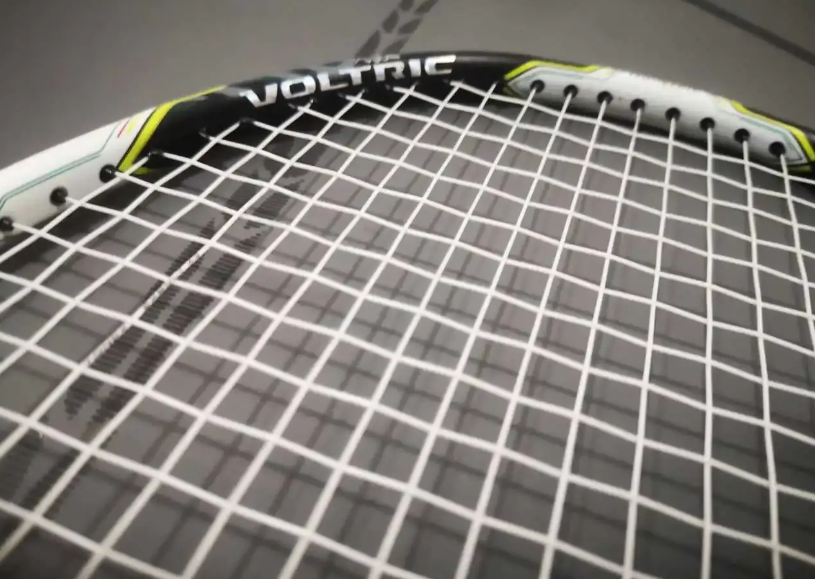
Like an eight-stringed paradigm, the VOLTRIC Z-FORCE feels very adaptable at the net, and after the net is high, even if it’s just a release without more skill, there’s a high probability that the opponent will be forced to take the next shot after it’s adapted. The solid feel, stable frame, and well-defined sweet spot make it easy to handle small balls. However, due to the heavy head, for advanced players who are good at changing the tempo through fake releases and pause releases, the fingertips and wrists will have to be more solid.
As with all previous VT series, I’ll focus on the offensive performance that we all care about. Compared to the 70E/80E/ZF2, which are also big killers, the first two focus more on the weight of the racket head, relying on the kinetic energy stored in the racket during the swing to hit the ball while maintaining a relatively high forgiveness rate. With the VOLTRIC Z-FORCE Ⅱ, the swing speed is improved by narrowing the frame and adding a small frame and the remarkable feel of ejection from the ultra-thin center stick. And in terms of frame, the VOLTRIC Z-FORCE has a wire bed area between 80 and zf2.
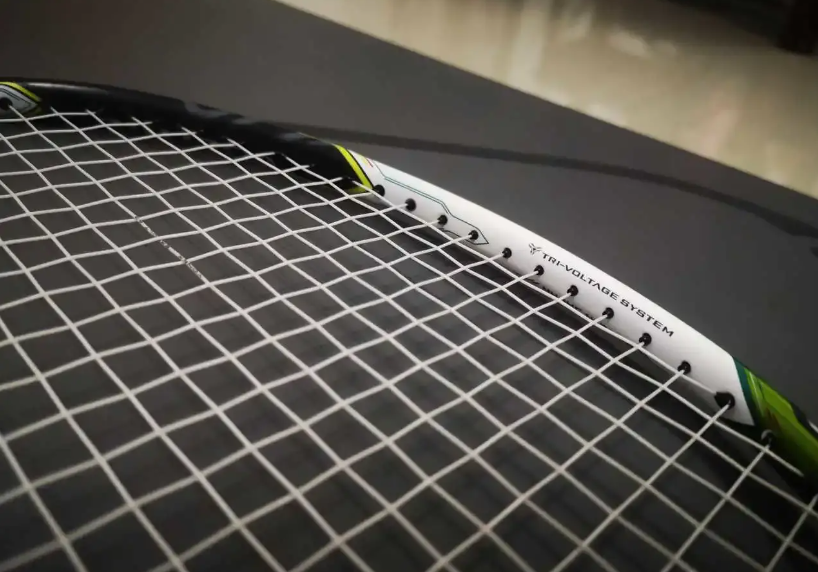
As such, it does share characteristics of both when it comes to the feel of heavy kill hits. The VOLTRIC Z-FORCE’s small racket frame doesn’t have a strong flavor, but subjectively it feels like the tension in the wire bed is a little higher than the 80E, making the feedback slightly stiffer as well. I don’t know if the extra spikes in the head are original, but the presence of the spikes really makes the racket feel like it holds the ball a bit better. Therefore, in terms of the threshold required for effective power delivery, the 4U VOLTRIC Z-FORCE is considered to be in the middle of the range in the top end of the VT series (please pay attention to the qualifiers), and the requirement for users with a standardized action is more in terms of absolute power. I used the VOLTRIC Z-FORCE for two sessions, and the second time after getting a more adequate trim, I felt significantly better about the VOLTRIC Z-FORCE’s drive, while the dzs from the same time last year would still leave me in a frustrated mood.
It’s also the fact that it’s relatively friendly (note the qualifier in the previous paragraph) that makes it easier for me to experience its power when it fights its way down. Ideally, the audio filter is good for listening, the power triangle is good for hitting, my mixed doubles teammates are good for forcing the other team to rise up, and all I have to do is blast the ball to the opposing male player, very hard. Even if the opponent’s pick is more on point, the costless fight can still have the power and speed of a nailed floor. Even if the opponent catches the ball, the probability is that he is constrained by the impetus of the incoming ball and cannot handle it cleanly, giving me a chance to make up for it in the second shot. This looks like a modest gentleman, I’m afraid it’s not ShanghART.
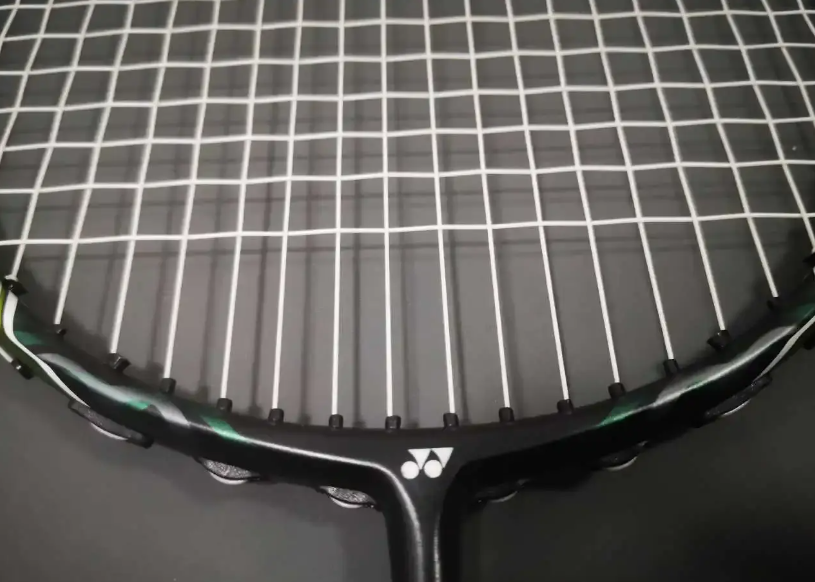
Of course, the racket is indeed not suitable for the fast pace of doubles, the water game with the use of okay, but the swing weight of the swing, the swing speed of the slow, the arm and wrist twisting to understand the high demand for power, so that I in the middle of the forecourt blocking and blocking at the net are very difficult, this time on the small arm and wrist load is the highest. Not to mention the flat and fast blocking in the center court, which can’t lift a bit of rhythm.
Moreover, it’s not necessarily good to have too much power on the ball, for the active ball that doesn’t have direct scoring conditions but extends the advantage, it’s often necessary to adjust the strength of the ball to avoid going out of bounds first in the full-court mobilization. A heavy, hard-tuned racket is naturally hard to get rid of on a passive ball, but there’s also the possibility of a direct return to the baseline by a surge of adrenal glands, which is either impossible to save or an overkill, a two-way torture.
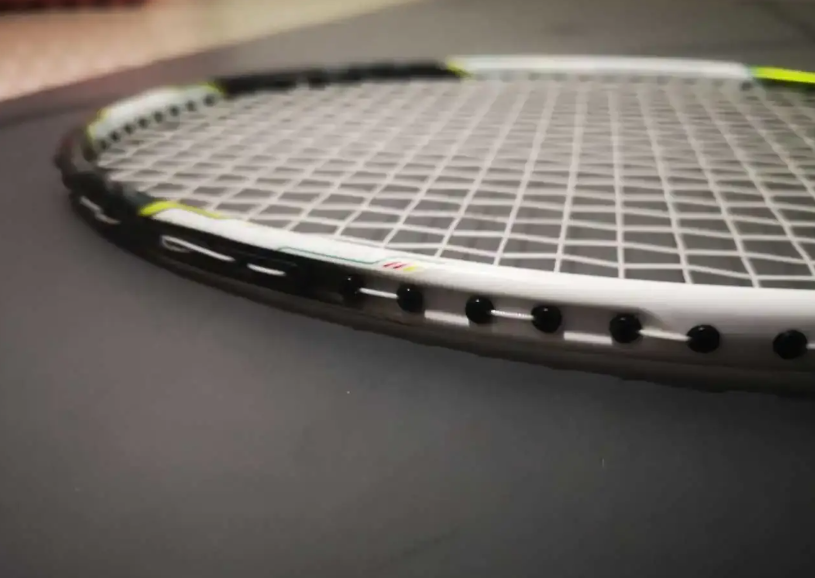
So while it’s a killer, there’s more emphasis on finesse when using it before the absolute opportunity presents itself, rather than uptempo violence. Compared to VOLTRIC Z-FORCE Ⅱ, VOLTRIC Z-FORCE has a smaller threshold, in my opinion, the offensive ability is not as pure as VOLTRIC Z-FORCE Ⅱ, but the larger frame and the stability of the same grade will make the process of pulling, controlling, or holding more hassle-free, and the slower swinging speed of VOLTRIC Z-FORCE Ⅱ is a more balanced option in singles. In addition, the VOLTRIC Z-FORCE has an old-school flavor (including a flex that is a notch behind today’s top mid-range clubs) as the performance of the thin mid-range clubs has become more and more refined.
Special thanks to CFF for the loan!
